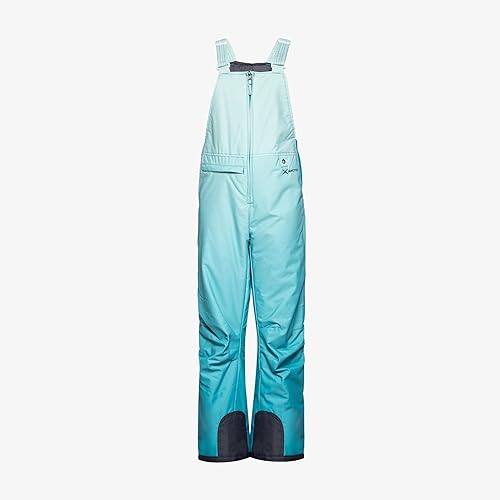HiFi Balanced XLR Digital Amplifier Home Stereo Speaker Amp w/VU Meter 300W x 2








Buy Now, Pay Later
- – 6-month term
- – No impact on credit
- – Instant approval decision
- – Secure and straightforward checkout
Ready to go? Add this product to your cart and select a plan during checkout.
Payment plans are offered through our trusted finance partners Klarna, PayTomorrow, Affirm, Afterpay, Apple Pay, and PayPal. No-credit-needed leasing options through Acima may also be available at checkout.
Learn more about financing & leasing here.
This item is eligible for return within 30 days of receipt
To qualify for a full refund, items must be returned in their original, unused condition. If an item is returned in a used, damaged, or materially different state, you may be granted a partial refund.
To initiate a return, please visit our Returns Center.
View our full returns policy here.
Recently Viewed
Features
- Stronger output power and RCA output added: use TI's classic power amp IC 3255, each channel can output 300W(4) and easily to drive all 4-8 passive speakers; stereo RCA output is added, easy to connect another amplifier or active speaker / subwoofer to build multiple channel system and enjoy wonderful home theater experience.
- Separate control for left and right channels: two volume knobs are designed for adjusting the left and right channel output indepedently, compensate for the left and right channel of all outputs and prevent the sound field positioning from deviating from the center position. Also with sensitivity knob of VU meter, easy to adjust and match better with different input signals.
- Balanced power amp with VU meter: H7 amplifier integrated with VU meter, not only reproduces high-quality audio with excellent separation, resolution, sound field and clean background, but also dynamically decorates the listening space with strong vintage feelings when its pointer dances in the warm light.
- HiFi clear sound and attractive appearance: support both XLR and RCA inputs compatible with most home audio device; resonable circuit and concise wiring, many high-quality components are used for excellent performance; custmoized grey aluminum alloy case, CNC machined with laser engraving, looks elegant and luxury.
Description
Parameters Model: Douk Audio H7 Audio input: single-ended RCA / balanced XLR Audio output: banana speaker jack / stereo RCA Max output power: 300W+300W (4Ω) Matched speaker impedance: 4-8Ω Frequency response: 20Hz-20KHz (±1dB) Input sensitivity: 0.775V Max output level of RCA: 2V THD: 0.02% SNR: ≥105dB Working voltage: DC 24-48V Dimensions(WDH): 16712842mm / 6.574.961.65in Package dimensions(WDH): 31024070mm / 12.209.452.76in Net weight: 778g / 1.72lb Package weight: 1.4kg / 3.09lb Packing List 1×H7 Amplifier 1×DC 32V Power Adapter 1×User Manual
Package Dimensions: 12.05 x 9.33 x 2.83 inches
Item Weight: 3 pounds
Item model number: H7
Date First Available: October 27, 2022
Manufacturer: Douk Audio
Country of Origin: China
Frequently asked questions
To initiate a return, please visit our Returns Center.
View our full returns policy here.
- Klarna Financing
- Affirm Pay in 4
- Affirm Financing
- Afterpay Financing
- PayTomorrow Financing
- Financing through Apple Pay
Learn more about financing & leasing here.






















